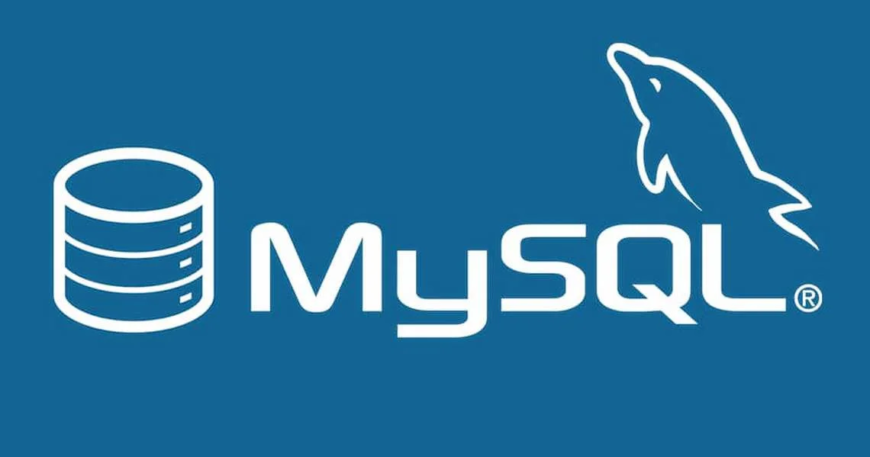读取配置文件顺序
SpringBoot 读取配置文件顺序:bootstrap.yml > bootstrap.properties > nacos 配置 > application.yml > application.properties
- 加载顺序:若 application.yaml 和 bootstrap.yaml 在同一目录下,bootstrap.yaml 先加载,application.yaml 后加载。bootstrap.yaml 用于应用程序上下文的引导阶段,application.yaml 由父 Spring ApplicationContext 加载
- 配置区别:bootstrap.yaml 和 application.yaml 都可以用来配置参数。bootstrap.yaml 用来程序引导时执行,应用于更加早期配置信息读取,可以理解为系统级别的一些参数配置,这些参数配置是不会变动的,一旦 bootstrap.yaml 被加载,则内容不会被覆盖
- 属性覆盖问题:启动上下文时,Spring Cloud 会创建一个 Bootstrap Context 作为 Spring 应用的 Application Context 的父上下文,初始化的时候,Bootstrap Context 负责从外部源加载配置属性并解析配置,这两个上下文共享一个从外部获取的 Environment。Bootstrap 属性有高优先级,默认情况下,它们不会被本地配置覆盖,即如果加载的 application.yaml 的内容标签与 bootstrap 的标签一致,application 也不会覆盖 bootstrap,而 application.yaml 里面的内容可以动态替换
环境隔离
- 命名空间(namespace)



- 组(group)


- 唯一标识(dataId)

动态感知
在进行修改 yaml 或 properties 文件,每次都要重新启动项目,可以在 nacos 配置中心进行文件配置,使得项目可以动态感知,在 resources 创建的文件名必须是 bootstrap。在 nacos 中创建配置文件,配置文件名称要和项目中 bootstrap.properties 中配置的名称一致,注意:配置文件的名称建议为项目服务名且要带上具体环境,例如:configclient-prod.properties
1
2
3
4
5
6
7
8
9
10
11
12
13
14
15
16
17
18
19
20
21
22
23
24
25
26
27
28
29
30
| <?xml version="1.0" encoding="UTF-8"?>
<project xmlns="http://maven.apache.org/POM/4.0.0"
xmlns:xsi="http://www.w3.org/2001/XMLSchema-instance"
xsi:schemaLocation="http://maven.apache.org/POM/4.0.0 http://maven.apache.org/xsd/maven-4.0.0.xsd">
<parent>
<artifactId>springcloud</artifactId>
<groupId>com.example</groupId>
<version>0.0.1-SNAPSHOT</version>
</parent>
<modelVersion>4.0.0</modelVersion>
<artifactId>config-nacos</artifactId>
<properties>
<maven.compiler.source>8</maven.compiler.source>
<maven.compiler.target>8</maven.compiler.target>
</properties>
<dependencies>
<dependency>
<groupId>com.alibaba.cloud</groupId>
<artifactId>spring-cloud-starter-alibaba-nacos-config</artifactId>
</dependency>
<dependency>
<groupId>org.springframework.boot</groupId>
<artifactId>spring-boot-starter-web</artifactId>
</dependency>
</dependencies>
</project>
|
- application.yaml
1
2
3
4
5
6
7
8
| server:
port: 8050
spring:
profiles:
active: dev
|
- bootstrap.yaml
1
2
3
4
5
6
7
8
9
10
11
12
13
14
15
16
17
18
19
20
21
22
23
24
25
26
27
28
29
30
31
32
33
34
35
36
37
38
| spring:
application:
name: config-nacos
cloud:
nacos:
server-addr: localhost:8848
username: nacos
password: nacos
config:
file-extension: yaml
namespace: dev
group: test
shared-configs:
- data-id: com.common.test1
refresh: true
- data-id: com.common.test2
refresh: true
extension-configs[0]:
data-id: com.common.test3
refresh: true
|
1
2
3
4
5
6
7
8
9
10
11
12
13
| @SpringBootApplication
public class ConfigApplication {
public static void main(String[] args) throws InterruptedException {
ConfigurableApplicationContext applicationContext = SpringApplication.run(ConfigApplication.class, args);
while (true){
String userName = applicationContext.getEnvironment().getProperty("user.name");
String userAge = applicationContext.getEnvironment().getProperty("user.age");
System.err.println(userName+","+userAge);
TimeUnit.SECONDS.sleep(1);
}
}
}
|
1
2
3
4
5
6
7
8
9
10
11
12
13
| @RestController
@RequestMapping("/config")
@RefreshScope
public class ConfigController {
@Value("${user.name}")
public String username;
@RequestMapping("/show")
public String show(){
return username;
}
}
|








